A Conversation
New shapes arrive at the museum every day. Some are pointy, some are round, and some are wobbly and silly. "The Museum of Shapes" is a colorful picturebook that introduces children to geometry and abstraction and finally shows how an exhibition is curated.
„I love all shapes – simple or complicated, geometric or chaotic, loud or quiet"
How did you come up with the idea for "The Museum of Shapes"?
The Museum of Concrete Art and Design in Ingolstadt approached me with the question of whether I would like to make a picture book on the occasion of their new constructed building. I didn't have to think twice and immediately said yes. Firstly, because I have always found the idea and history of concrete art fascinating and because I long admire the work of artists such as Max Bill or Anton Stankowski or the concrete poetry of Eugen Gomringer. I find it exciting to look at art from the perspective of geometry, logic and mathematics. I didn't want to make a book about the history of concrete art or about the artists in this field. Instead, I tried to approach the story from the smallest of all forms - the point. Which is actually not really even a form at all, the point only has a position. From there I moved on to the line, the angle and then arrived at all kind of shapes.
"Good art for me is one that feels like a discovery."
It's a documentary observation of how a museum for modern art works - but one that does not need to use the word "art" even once. We see how shapes arrive at the museum in their transport boxes, how they are unpacked and sorted and put together in different configurations. And of course, at the end, an exhibition is curated and ceremonially opened. It's a bit like an open day at the museum, where all doors are open and you can take a close look everywhere. Max the dog has got his name from Max Bill who needs little introduction. Alma the curator is named after Alma Siedhoff-Buscher. She was a great but sadly also forgotten designer at the Bauhaus in Weimar and Dessau. She developed beautiful, colorful and minimalistic toys there, such as her later famous “Little Shipbuilding Game”. After the birth of her children, she was refused further support at the Bauhaus and gave up her profession as a designer in 1927.
Is it intentional that the word “art” is not used at all in the book?
I didn't want to make a book about the question of when something deserves the title "art". These categories of cultural significance or value or rarity play no role at all in my book. In art museums, you sometimes hear sentences from visitors like “my child could have made that...” When I hear such a remark I smile and think to myself: “yes, and that's exactly what this whole art thing is all about”. What I truely love about art in museums is that through these objects - sculptures or paintings - you can re-discover your own world. You can look and observe it with another persons eyes. Exciting art makes us look at the world as if we have never seen it before. Good art for me is one that feels like a discovery. And I think abstract art does it with very little effort and very few ingredients. Abstract art is very light and poetic. A green circle, a red triangle a long wiggly line - sometimes that's all what is needed.


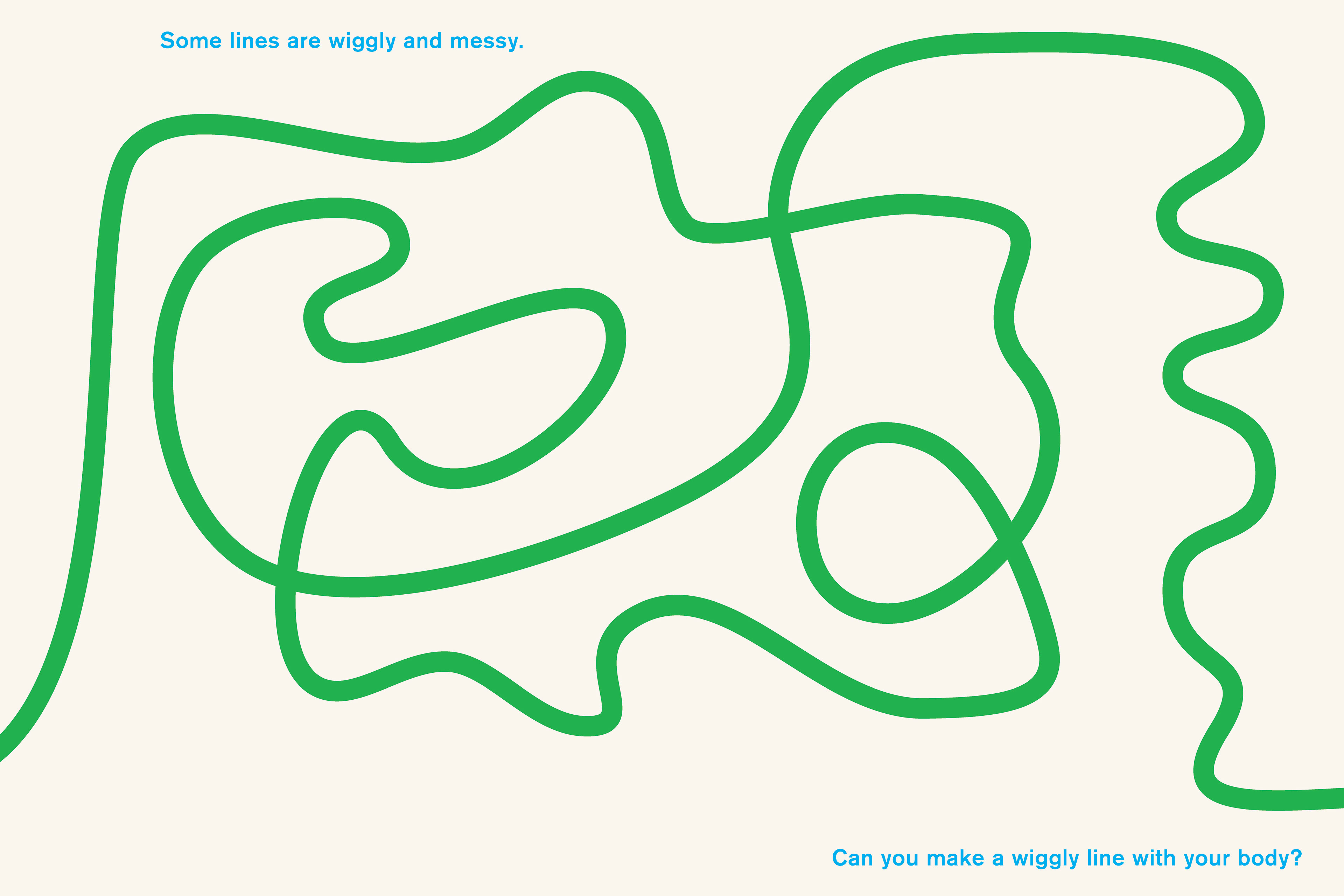
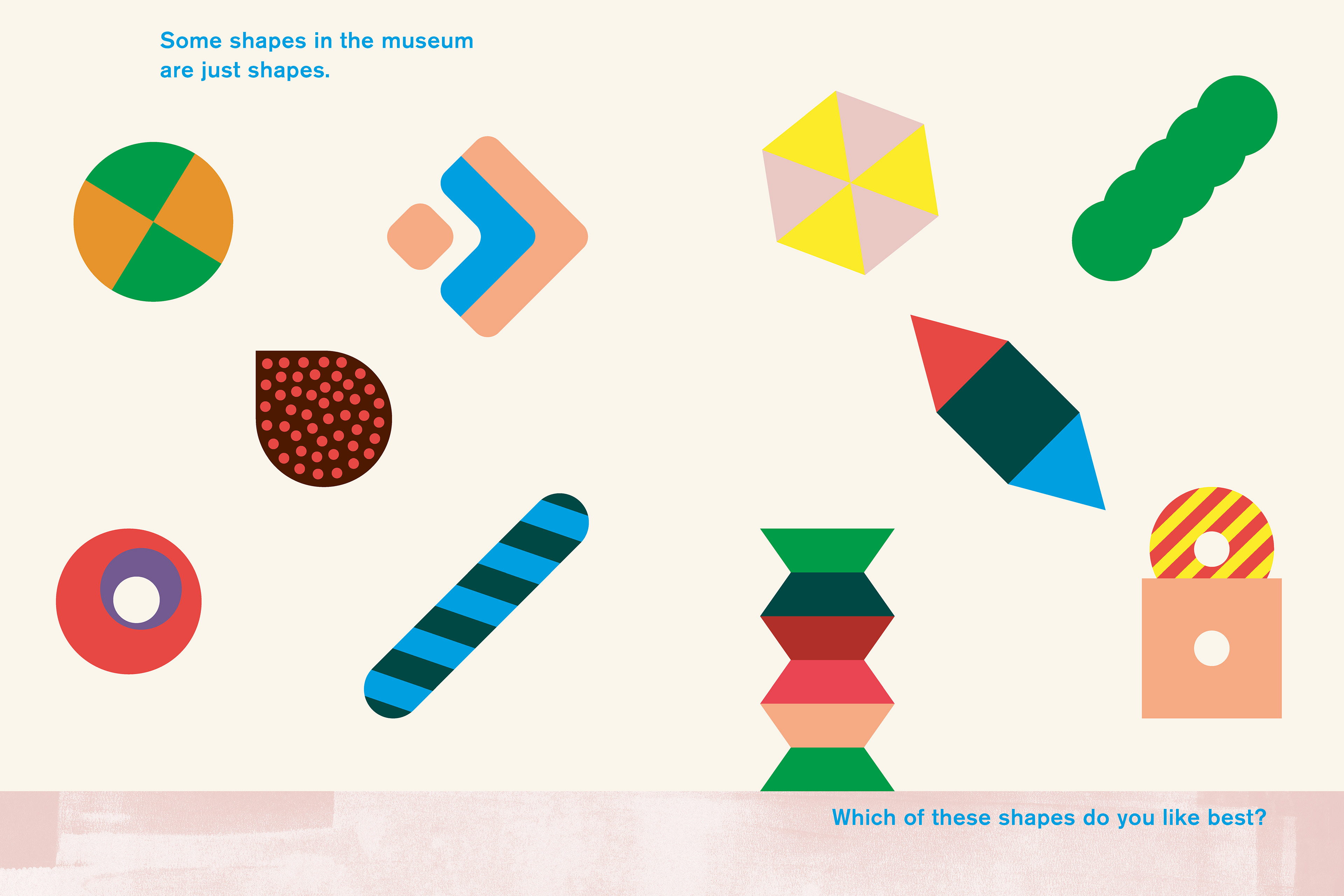
"Most shapes in our world are a combination of shapes."
How would you describe your own creative process?
Unlike many other picture book artists, I don't come from drawing and illustration but rather from the idea of the book as a container or frameworks for a visual narrative. I don't work my way through the book from page to page or from illustration to illustration. And I don't write the text first and produce the images thereafter. Instead, I always work on all pages of a book at the same time. I add a little here and take something away there. This can sometimes be fast and effortless, but sometimes this takes months. Then I always try to leave out and take away again what is not really necessary. There is a very fine line between "perfectly minimal" and "gone to far" or even boring. I also always imagine how I will read the finished book aloud to a young and critical audience and whether it will then still work and be funny. The worst books are those that look good but in fact are boring. Surprise and discovery are the two main criterias. It is easy to make something look nice, but that is not enough. Honestly that is the most difficult part about making picture books.
There are not only abstract and minimalist shapes, but also blobby and wacky and silly ones?
Most shapes in our world are a combination of shapes. If you look around and observe closely the things that surround us, you'll notice that there are very few perfect triangles, circles, or squares. Instead, there are triangles with rounded corners, or squares with imperfect edges, and so on. So much of our world is a mixture of the most diverse shapes, and it is perhaps precisely in this uncontrolled combination of shapes and geometries that lies the secret of beauty and excitement. Surfaces, textures, colors that have no names or things that remind you of other things are the salt and the spices in the soup of our daily visual world.
What are you currently working on?
I'm currently working on three new picture books at the same time. Sometimes I feel like I can't get enough of this world of pictures, colors, shapes and words. In picturebooks, I have found the perfect medium for me. Creating a small universe of a story on two handfull of pages and taking young readers on a journey is a thoroughly satisfying work. But because picturebooks take a long time from the idea to the bookshelf I always also work on my other art projects and on small editions and prints. I have printed a limited edition collection of risographic prints titled: "fifteen variations on one theme". I borrowed the title from an early piece of Max Bill and turned it into my own thing. It is a collection of simple forms combined with words and it explores the fascinating relationship between word and image printed in sixteen different spot colors on the risograph and in silk screen technique.
more picture books
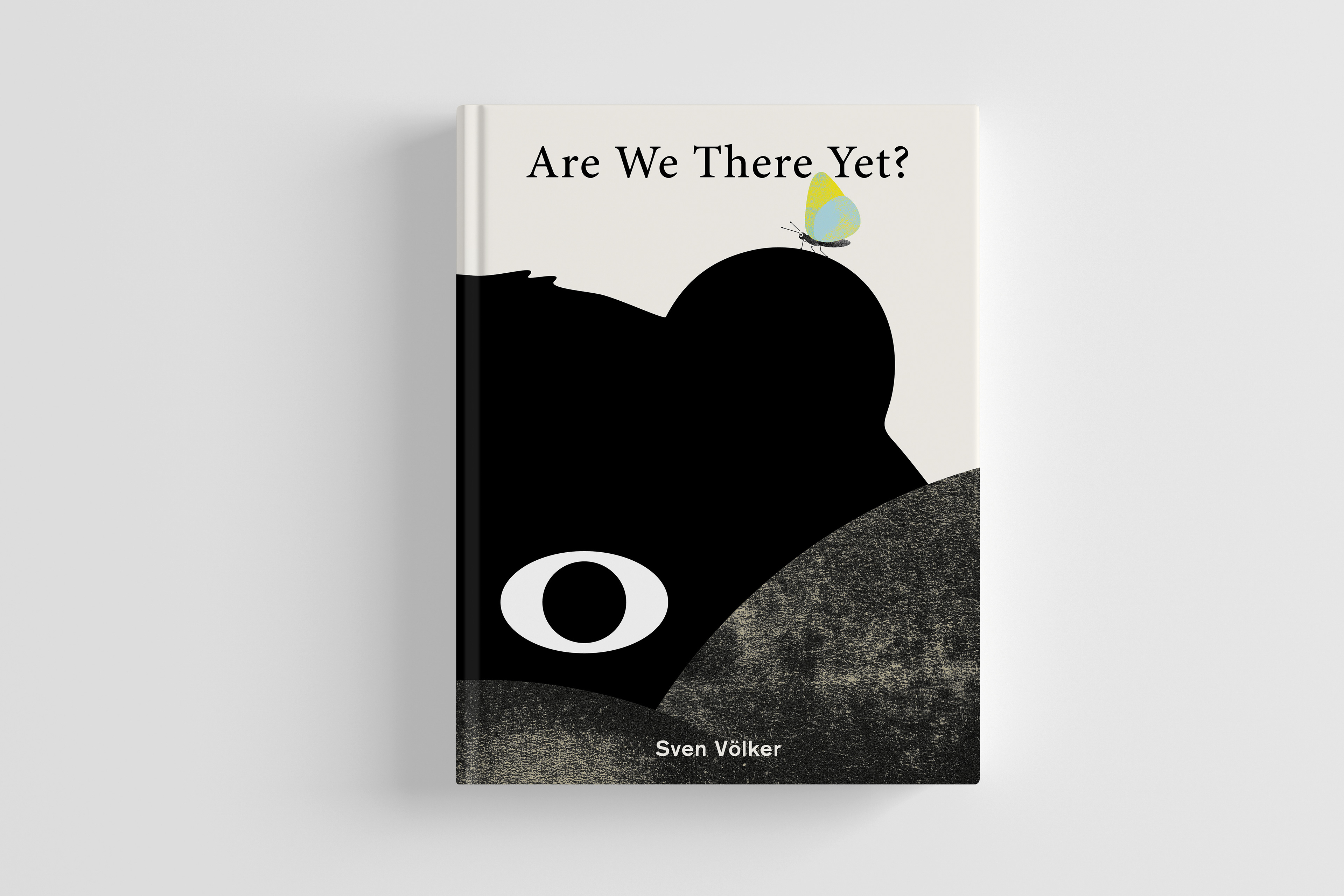
New Book coming Spring 2023
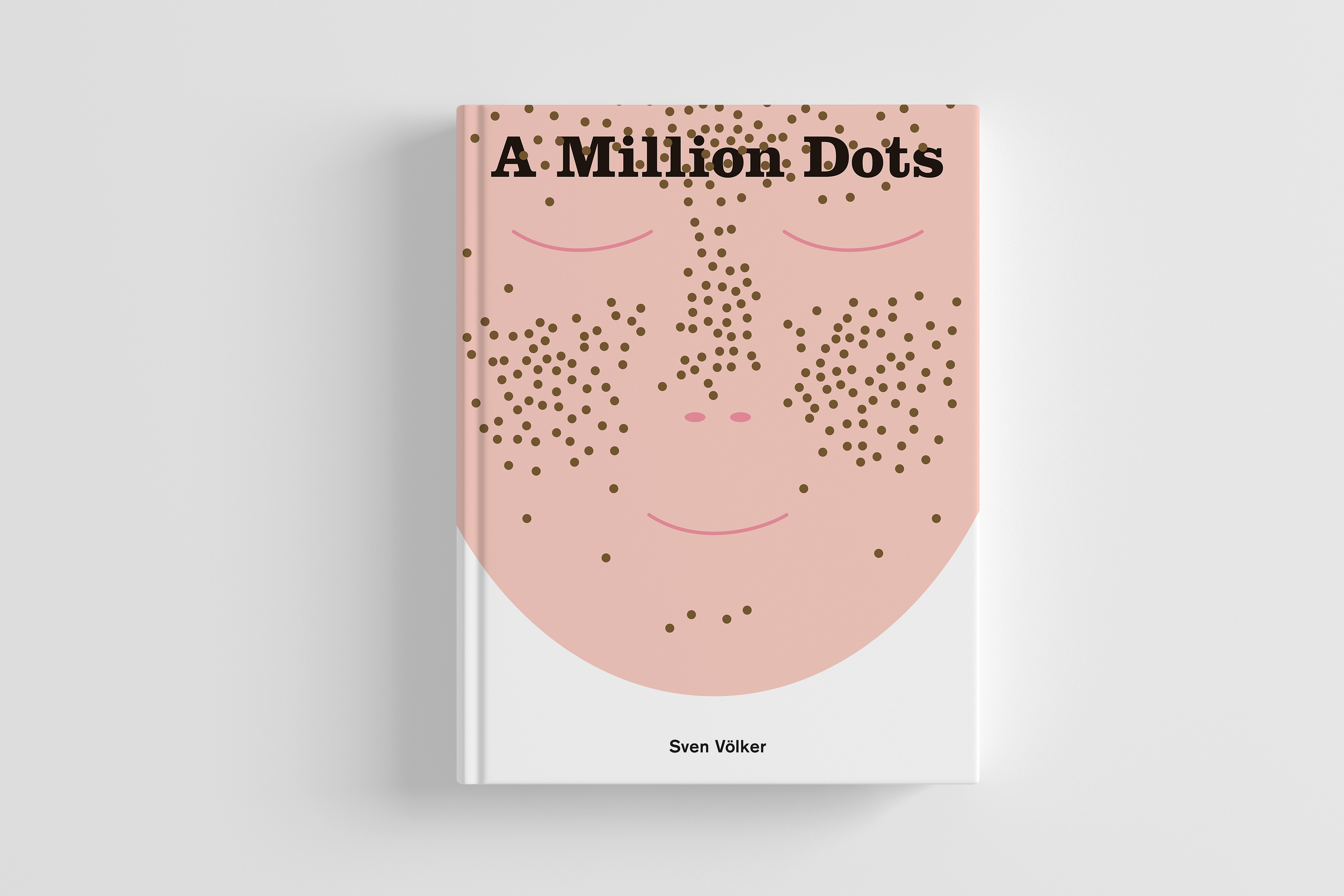
Winner of New York TImes Best Illustrated Children's Books 2019
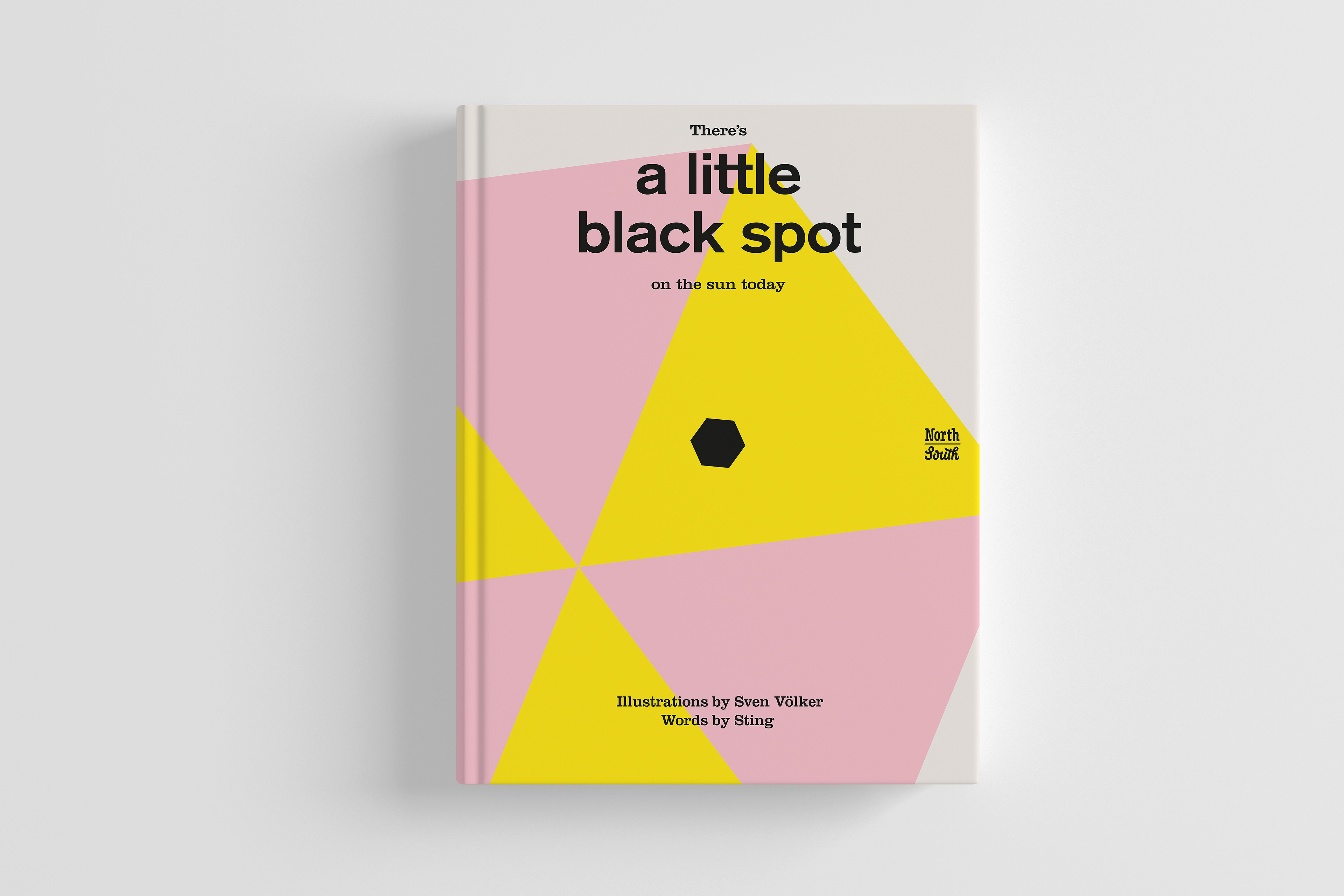
Based on a text written by Sting
